Using Social Media to Help STEM Students Connect
A MiddleWeb Blog

I’ve been super-busy lately trying to get information from students that can help me write better STEM curriculum. I want to design learning activities that really grab kids as they tackle a STEM challenge. After all, the whole idea behind STEM is to make it real for the students – to engage their interests and concerns and pump up their enthusiasm and response to success.
I want to know things such as:
• What’s the best thing you learned or did during that STEM lesson?
• How did you or your team come up with a particular solution for that problem?
• What’s the best part of working in a team?
Another area I’m curious about is communication. STEM learning activities are great places for students to develop communications skills – skills they will very much need if they enter the STEM workplace as adults and are expected to work in teams and confer with colleagues, businesses and the public at large.
So what do I find out when I ask students: Who do you communicate with about your STEM challenge? When do you communicate? How do you communicate?
Mainly, I find out that kids’ opportunities to creatively communicate their STEM experiences during class are held captive by a lack of time, a lack of technology, and/or a lack of teacher comfort with technology (not to mention over-zealous school system firewalls).
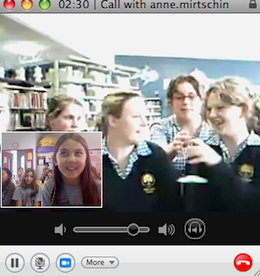
What should be going on?
What if the student engineering teams include students in other locations? What if the teams had virtual members in other classes, or even other schools – partners they could talk with and collaborate with on ideas and solutions? Hey, what if they had team members in other states or countries?
Now the idea of building STEM-related communications skills could really take on new dimensions. Imagine, for example, small teams learning to stay in communication across time zones, with different school schedules, sharing information effectively over the internet. Imagine the value of team members who live in different school cultures learning to divide up responsibilities, form “professional” friendships, and share their STEM experiences in clear and understandable ways. Might this reflect the sort of work they will do in the future? It’s very likely.
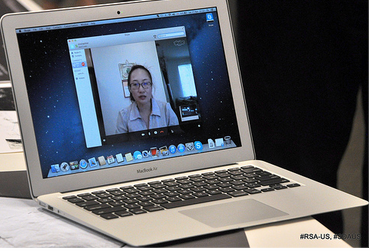
Most important, imagine teachers fully trained and equipped to help students engage in this kind of meaningful communication and learning – all the while helping them to also use social media responsibly. Even with my limited experience in social media, I can envision a rich new world of resources opening up for our STEM classrooms – if only those classrooms could open up to the connected world.
How could we make it happen?
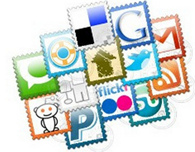
So how can we build the momentum? What media tools are out there to improve communication by STEM teams? I’m no expert here, but I’ll mention six tools that have worked well in some classrooms.
Audacity is a free software recorder and editor that STEM teams can use for podcasting. It purports to be easy to use (get with your tech teacher on this) and will allow students to record and play back audio (such as a description of their project) that they record.
- Edmodo is a well-known, controlled Web environment that looks and functions much like FaceBook. It’s built specifically for education and provides a free, closed, secure platform for students to interact and even share files. Needless to say, classroom engagement with Edmodo can be high. Free webinar.
- Edublogs are another popular (and free) space where students and teams can share information and tips, chat, and stay in contact. This blogging platform supports only educational content and usually isn’t blocked by school filters and firewalls.
- SchoolTube is a free alternative to YouTube for the K-12 community. It isn’t generally blocked by school filters because its content is moderated. Students can prepare, post, and share videos here.
Skype in the Classroom helps teachers use the free Skype service to connect their students to classrooms around the world and also to many willing experts in STEM-related fields. Students from kindergarten to senior high are collaborating via the video & texting network. There are plenty of tips about getting started out there.
- Wikispaces is an example of a free wiki – a space on the Web where students can share their ideas and pictures, research information, and publish their engineering challenge results. Teams can work in this space with students in other locations and can share it with teachers, parents, content experts, and folks like me. Access to their content can be by teacher “invitation only” so that this is a private and controlled space for students and other invitees to communicate.
To locate more tools, simply type “social media for classrooms” into a search engine. One site to give you positive reinforcement with social media is TeachHub. You might also go to one of the technology Twitter hashtags (#EdTech and #edtechchat should start you off).
To summarize
In case I haven’t made this point abundantly clear, I’ll repeat that an intentional focus on Communication is a vital part of the engineering design process and of the STEM classroom. Through this focus teachers can build lasting collaboration skills and give students a much-needed edge in competition.
Of course, much valuable communication takes place without technology. Accurate communication must occur as students design and create needed products, and students should become skillful in conversational and written communication. However, online communication will be an ongoing and ever-evolving part of their world. Effective and responsible online communication is also a needed skill.
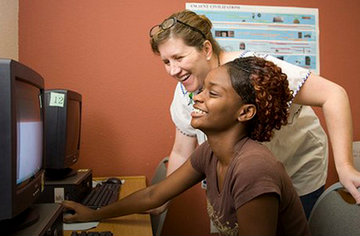
And as you work to responsibly open up your school to the world, model the possibilities in your STEM classes by teaching teams of students to communicate about real-world projects.

 Audacity
Audacity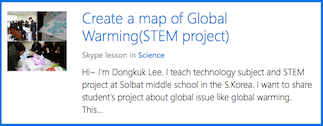 Skype in the Classroom
Skype in the Classroom
































Anne – You are right on. We found your wonderful blog via social media. On our Pinterest page we have BOARDS specifically for STEM content – http://bit.ly/1jZfugW. Pinterest is a good SM platform to reach teachers, homeschoolers and moms. Lots of large companies are now seeing Pinterest as a way to reach folks. When ever we post a pin we select the “tweet-it” button to expand the pin into the twitter-sphere. In addition if you have your FB account linked to Pinterest your pins are automatically added to your FB home feed.
Anne. I couldn’t agree with more. So often, teachers focus on giving students “real world” engineering design problems and challenges the leave put the most important part…COMMUNICATION. If we truly want to prepare our students for the global workforce, we must allow them to use the social media tools you mention in a global way. This includes one very important piece–communicating to the public. I can’t imagine real world engineering teams going through the engineering design process to find solutions to real world problems and not communicating and sharing the process and results with others, can you??
Wow – I learn something everyday! So glad you posted the info about connecting Pinterest and Twitter/FB. I plan to do that. Thanks for checking in and sharing!
Caroline, you hit the nail on the head with your question. I certainly can’t imagine real world engineers creating solutions for problems (top secret stuff excluded) and not being eager to find ways to communicate findings to the public. And in schools, our kids can learn so much from each other, as well as from real experts in the field. To put all of their learning in the hands of one teacher in one classroom isn’t sufficient anymore. Speaking from 16 years of teaching science, one teacher just doesn’t know enough.